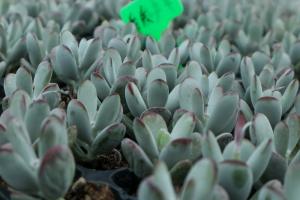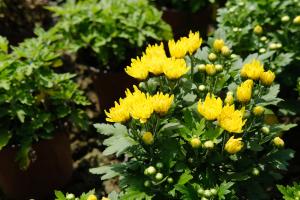Introduction
Both plant and animal cells are the basic unit of life, and have many similarities in their structure and function. One of the most important components of a cell is the cell membrane, which is responsible for regulating what goes in and out of the cell. In this article, we will discuss the similarities and differences between the cell membranes of plants and animals.
Cell Membrane in Animal Cells
The cell membrane in animal cells is made up of a phospholipid bilayer, which consists of two layers of phospholipids arranged in such a way that the hydrophobic tails are facing each other, while the hydrophilic heads are facing outwards. This structure provides a barrier to hydrophilic and charged molecules, while allowing the passage of small, nonpolar molecules such as oxygen and carbon dioxide.
The cell membrane also contains proteins embedded within the phospholipid bilayer. These proteins function as channels, transporters, and receptors, and play a vital role in the cell's communication with its environment.
Cell Membrane in Plant Cells
The cell membrane in plant cells is similar to that of animal cells, but has some notable differences. One of the most significant differences is the presence of a cell wall, which is made up of cellulose and provides additional support and protection for the cell. The cell membrane in plant cells is also thicker than in animal cells, and contains more lipids.
In addition to proteins, the plant cell membrane contains other structures such as glycoproteins and glycolipids, which play a role in cell-cell recognition and communication.
Similarities
Despite these differences, the cell membranes of plants and animals share many similarities. Both are composed of phospholipids and proteins, and both function to regulate the transport of molecules in and out of the cell. They are also involved in cell signaling and communication, and play a vital role in maintaining the integrity of the cell.
Conclusion
The cell membrane is an essential component of all cells, providing a barrier and controlling what enters and exits the cell. While there are some differences between the cell membranes of plants and animals, they share many similarities in their structure and function. Understanding these similarities and differences is crucial to our understanding of life at the cellular level.

 how many times do yo...
how many times do yo... how many planted tre...
how many planted tre... how many pine trees ...
how many pine trees ... how many pecan trees...
how many pecan trees... how many plants comp...
how many plants comp... how many plants can ...
how many plants can ... how many plants and ...
how many plants and ... how many pepper plan...
how many pepper plan...































